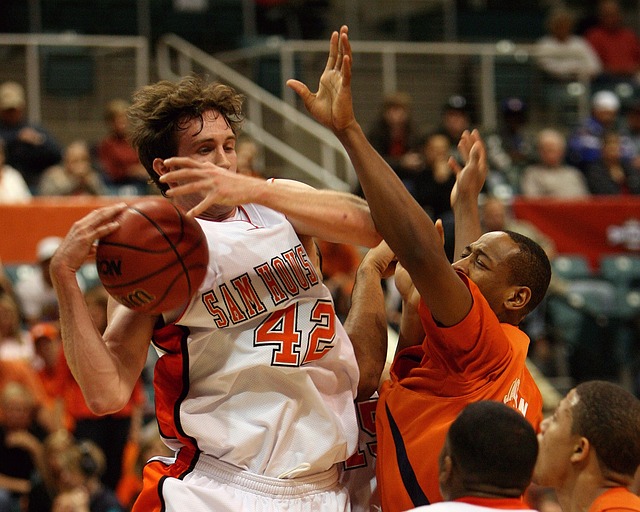Every player sits somewhere on the spectrum between playing for fun and playing for profit. Risk curves describe how much volatility you tolerate relative to the reward you seek. By mapping your goals to a risk curve, you can set stakes, session length, and game choice with more clarity—and fewer leaks.
What a risk curve really is
A risk curve plots expected return against volatility. Low-risk curves mean smaller swings but steadier outcomes; high-risk curves mean big swings with fewer steady payouts. Neither is “better”—it depends on whether your goal is entertainment time or profit optimization.
In practice, risk curves are shaped by unit size, game volatility, and session duration. If you want long sessions, you ride a flatter curve. If you’re chasing sharp edges or jackpots, you accept a steeper one.
Mini comparison table
| Curve Type | Typical Profile | Player Goal |
|---|---|---|
| Flat / low-variance | Small stakes, high-push games | Entertainment, time on device |
| Moderate | Balanced stakes, mid-variance games | Blend of fun and steady ROI |
| Steep / high-risk | Large stakes, volatile games | Profit spikes, jackpot hunting |
Entertainment-first: flattening the curve

If your goal is to stretch bankroll hours, you want games with high push rates or low variance, and units small relative to your roll. Pai Gow Poker, baccarat banker bets, or low-volatility slots give frequent feedback without giant bankroll swings.
Timeboxing adds discipline: set session length first, then size bets so bankroll survives it. Entertainment play accepts negative EV but controls volatility so you buy hours, not profit. Keep logs in hours played per unit, not just ROI.
Quick rules
- Bet 0.5–1% of bankroll per unit.
- Favor games with frequent pushes or high hit rates.
- Rotate games to manage boredom, not edge.
Profit-seeking: riding the steep curve
If your aim is ROI, you tolerate variance to capture edges. Sports betting, poker, or sharp bonus clearance live here. Unit size grows (1–3% of bankroll) and variance spikes. The focus is long-run EV, not session comfort.
Here, the risk curve is steep: losing streaks can stretch for weeks. To survive, you need bigger bankroll buffers (100+ units), detailed logs, and strict stop-loss discipline. Entertainment value comes second to expected profit.
Practical notes
- Bet when line > model edge, not for action.
- Track closing line value (CLV) and long-run ROI, not session results.
- Prepare emotionally for long drawdowns; variance is cost of edge.
Mixed goals: shaping the middle

Most players sit in between—wanting fun but not reckless leaks. Moderate curves use blended staking: small for entertainment sessions, larger for sharp spots. You size units differently by pool (e.g., sides, props, futures) and rotate between low-variance games and edge bets.
This middle ground requires segmentation. Entertainment bankroll and profit bankroll should not cross-subsidize. That way, when the entertainment pool busts, profit goals remain intact, and vice versa.
Checklist for moderate curve
- Split bankroll into “fun” and “profit” jars.
- Set separate unit sizes and logging rules.
- Rotate pools consciously; don’t drift mid-session.
Common pitfalls
The biggest leak is mismatching goals and curves. Players chasing entertainment at high-limit blackjack bust fast. Players chasing profit at penny slots grind low EV forever. Another trap is curve drift—starting the night for fun, then chasing losses like a pro, or starting sharp, then chasing entertainment with overbets.
Fix it by declaring goal before session start. Write it: “Tonight = entertainment, bankroll = $200, 3 hours target.” Or: “This week = profit grind, 100 units bankroll, edge bets only.” Goals anchor curve choice.
